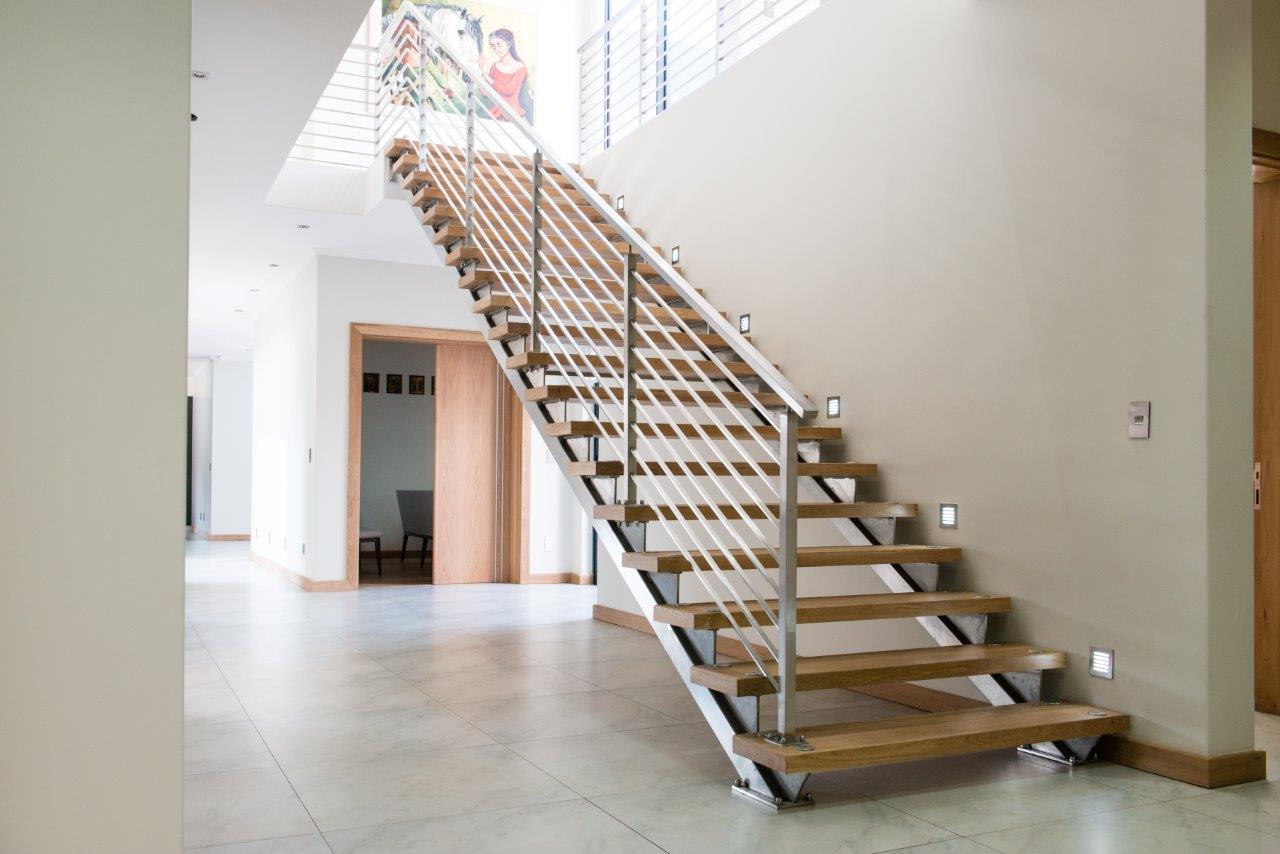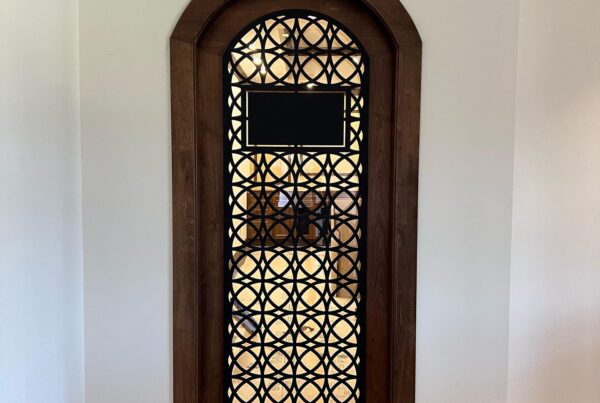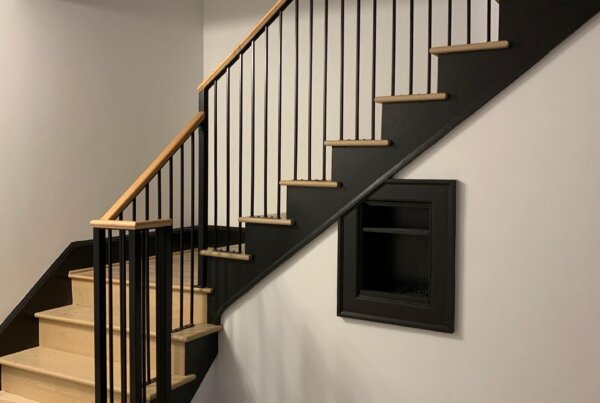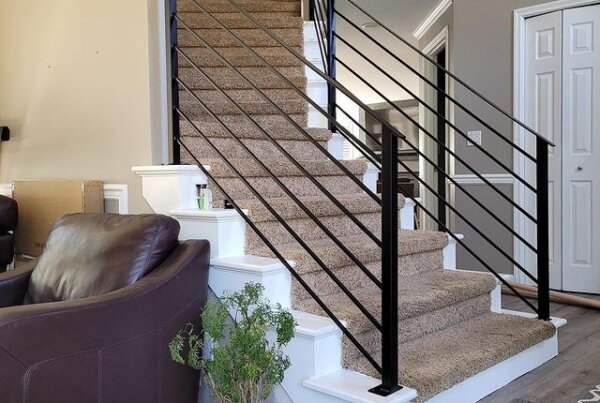Stairways must be made safe. To make them really that way, safety barriers are used. The choice of handrails for stairs raises many doubts related to the material, characteristics of individual elements, and compliance with standards.
If there are small children and animals in the house, then you require more balusters. In other situations, everything is individual, so you first need to understand the selection criteria.
Handrail selection criteria
There are requirements for barriers that cannot be circumvented. When choosing, you need to understand the following:
- Railings are for safety. If barriers do not fulfill this function, then they are useless. When a person is using a staircase, the rail should not only act as a support, but also as a restraint. Sudden dizziness can cause a person to fall off the flight of stairs. The railing should hold this weight or load, and this imposes certain requirements on their overall design and connections.
- Barriers must be suitable for everyone. At least this applies to railings in public places. During the design, manufacture and installation of these structural elements, the dimensions and proportions, that are comfortable and safe for all users are taken into account. The height of the barrier, the distance between the balusters, the materials – all this must be thought through from the very beginning.
- The materials must be strong, fit for purpose and the installation secure. This also has to do with security. It is necessary to use technologies that guarantee resistance to mechanical damage.
- Railings can have highly decorative properties. Some of these railings are real works of art. However, the aesthetic component is secondary, even where very serious requirements are imposed on the interior design (or exterior design).
- Railings need maintenance.
The above does not mean that handrail selection should be based solely on practical considerations. Manufacturers today combine reliability and superior design performance with materials that were not traditionally considered durable. This applies to glass, which changes properties after tempering, aluminum, brass.





